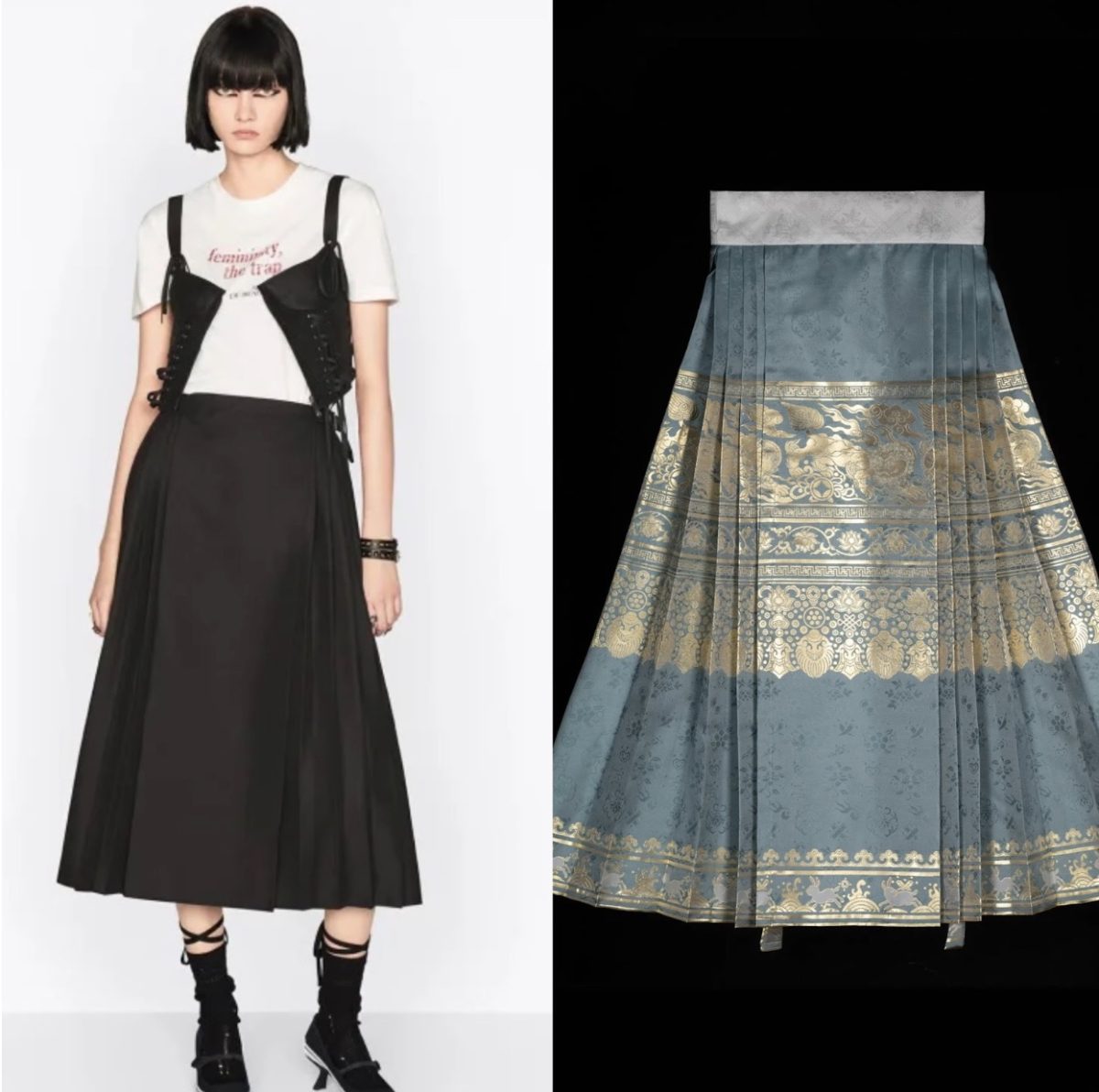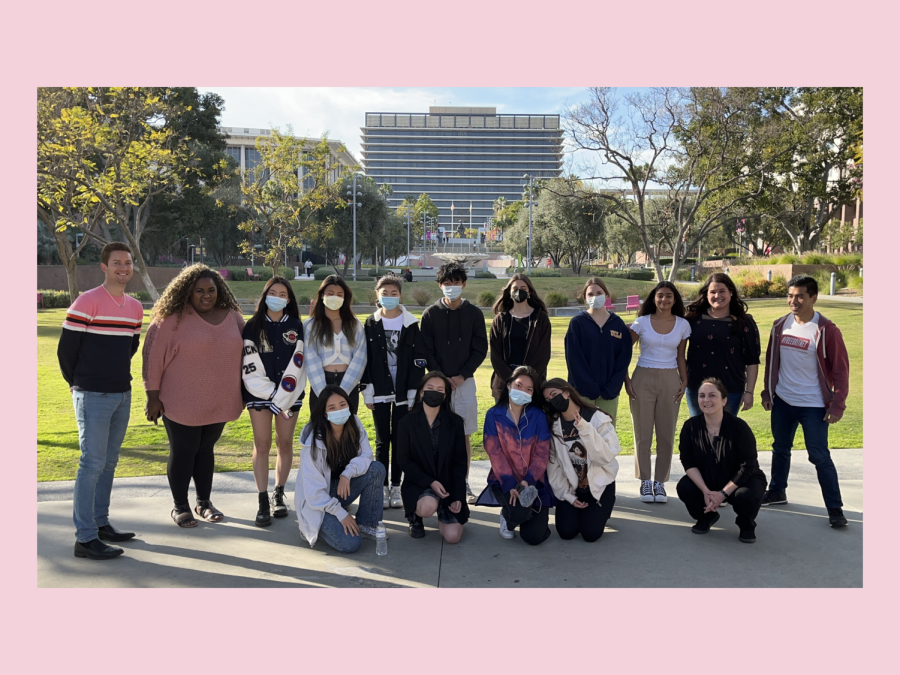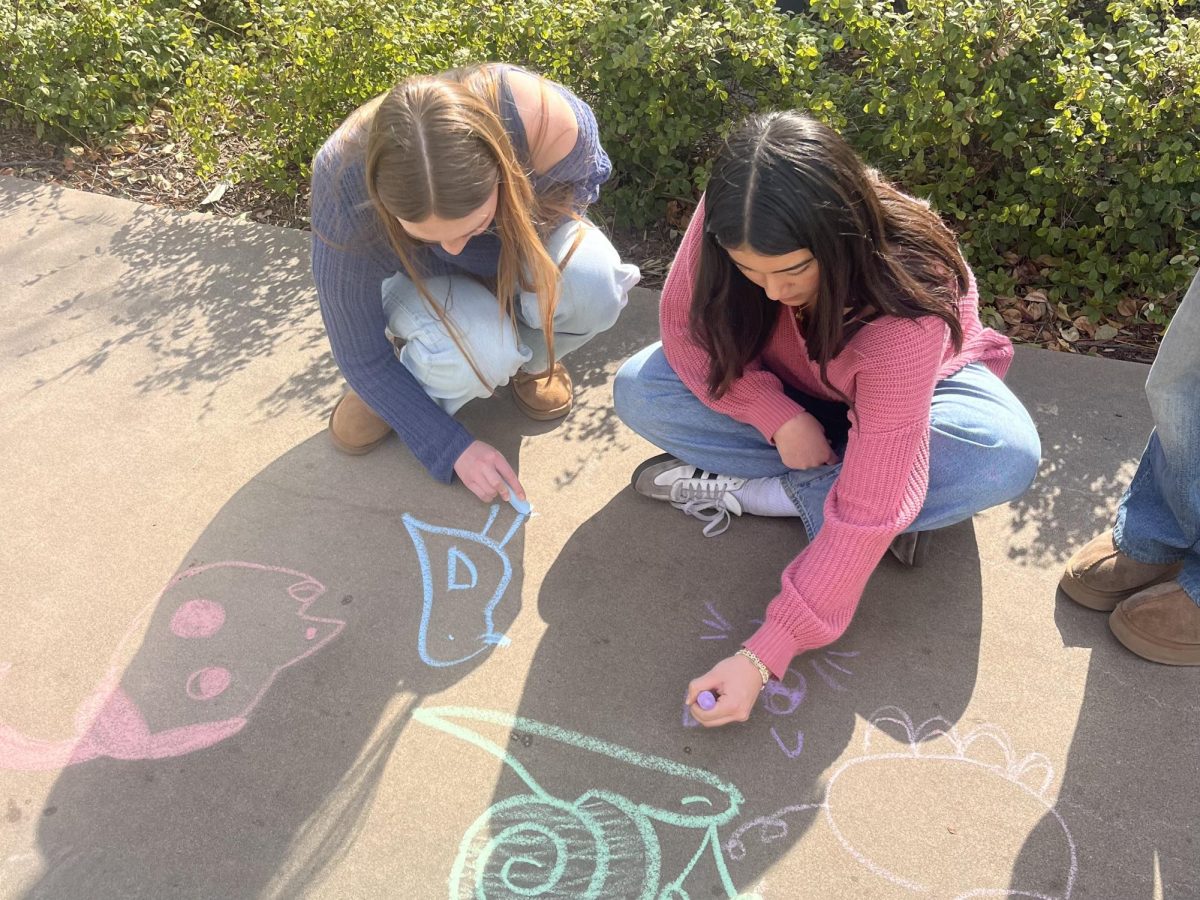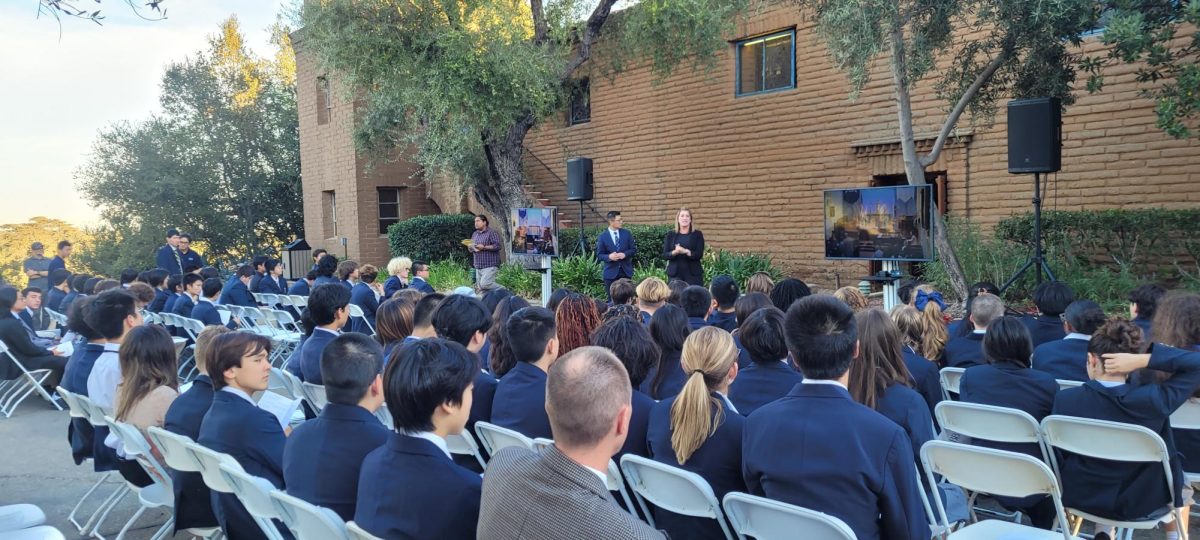To the Editor:
Re “Webb Chinese students respond to mistreatment of pandas by the Memphis Zoo,” by Chloe Wang (News, March 30):
On March 30, 2023, the Webb Canyon Chronicle published an article titled “Webb Chinese students respond to mistreatment of pandas by the Memphis Zoo.” Over the summer, I had the opportunity to intern at the Memphis Zoo. Through my personal experience on this subject, I would like to offer an alternate perspective on this debate. The main points of discussion that I will be addressing are panda oversight, the Memphis Zoo’s funding, Le Le’s cause of death, Ya Ya’s health, alleged malnutrition, and Ya Ya’s return to China.
Panda Oversight
China owns and leases all of the pandas in zoos throughout the world. Memphis Zoo started the process of acquiring pandas in 1999, but it was not until April 7, 2003, that they actually received these pandas. A contract between the Memphis Zoo, the Chinese Association of Zoological Gardens (CAZG), and China’s State Forestry Administration loaned two giant pandas, Le Le and Ya Ya, to the Memphis Zoo for 10 years. The most important thing about this contract is that it loaned the animals. Although the pandas were physically in Memphis Zoo’s possession, the Chinese government still owned them. As such, the CAZG constantly monitored and controlled all decisions regarding the pandas’ care. The Chinese government also reserved the right to revoke the agreement and take the pandas should they not receive adequate care. Originally granted in 2003, the contract was actually renewed in 2013 because of the Chinese government’s satisfaction with Memphis Zoo’s research, care, and exhibitry. It is important to note, however, that this contract was not cheap. For the first 10 years, the Memphis Zoo paid the Chinese Government $1 million per year to keep the pandas. After this, the contract was reduced to $500k per year, however, this still does not include the price of caring for the animals, between housing, food, and medical costs.
Memphis Zoo Resources
It is important to understand that the pandas are not just simply shipped to the United States and forgotten about. Prior to the pandas’ arrival in 2003, the Memphis Zoo worked in collaboration with the CAZG to design and plan the zoo’s China exhibit, which featured the giant panda habitat. Both the zoo and the CAZG made specific decisions on the exhibit’s design to fulfill both the physical and psychological needs of the giant pandas. In addition to preparing a one-of-a-kind exhibit as the home for their future pandas, the Memphis Zoo created a special bamboo team and started to harvest their bamboo forest in 1999 to prepare.
The Webb Canyon Chronicle article expresses concerns that the Memphis Zoo lacks resources and does not provide adequate care for its animals, yet nothing could be further from the truth. The Chinese Government does not simply loan their pandas out to anyone. The Memphis Zoo is one of the top zoos in the world. Of over 10,000 zoos worldwide, only 27 have pandas. In the United States alone, there are over 2,400 zoos, yet only 3 have pandas, the Memphis Zoo being one of them. This is indicative that the Chinese government not only recognized that the Memphis Zoo is one of the top zoos in the world but also that they were seen as having sufficient expertise and resources to be trusted with pandas.
Le Le’s Cause of Death
While the WCC article implies the Memphis Zoo was responsible for Le Le’s death, the CAZG’s team of panda experts from China and the United States performing his necropsy ruled out all causes of accidental death, including but not limited to intestinal torsion, aortic rupture, and massive bleeding. Although malnutrition is a common cause of death in pandas in captivity, the necropsy done by the CAZG’s expert team deduced that his most likely cause of death was heart disease. It is important to note that Le Le was 25 years old when he passed away – well into the geriatric stage of his life. Because heart disease is closely associated with old age, it is not unusual that an animal of Le Le’s age would succumb to heart disease.
Ya Ya’s Health
In regards to claims of negligence and skin disease, data from the CAZG and the Memphis Zoo demonstrate that the health of both pandas was extensively monitored and that they were constantly tended to.
“We have 20 years worth of diet records that show exactly what the bears are offered, exactly what they eat, how much feces they’re producing, and how many times they were fed,” said Courtney Janney, Chief Zoological Officer at the Memphis Zoo. “All of this data is shared with our Chinese colleagues.”
In addition to the monthly reports and annual physical examination that both pandas received throughout their time at the Memphis Zoo, Ya Ya recently received an extensive examination from the team of panda experts assembled by the CAZG. This team found Yaya to be in perfect health, with a stable weight, normal feces, and a good appetite. The only issue raised was hair loss caused by her skin condition, which is genetic and inherited from her mother.
Alleged Malnutrition
The article voices that malnutrition left the animals bony. It is important to note that both Memphis Zoo and the CAZG constantly monitor the pandas’ weights, as it is a very good indicator of health status. Neither animal has experienced a significant weight change during their time at the Zoo. However, it is important to note that Ya Ya has always been smaller than other pandas. This does not have anything to do with her nutrition, but rather her genetics. Simply put, she is a very small bear.
Furthermore, the article not only claims that the Memphis Zoo’s bamboo is not of adequate quality, but also that they sold the Zoo’s bamboo to other countries to make money and then set up a website for bamboo donations for their own pandas. The Memphis Zoo has a 10-acre bamboo forest, specifically planted to feed these animals, where they grow 7 different types of bamboo. Their bamboo crew works full-time to find, lop, cut, bundle, and deliver mature bamboo to the animals. In 2021, the bamboo crew harvested 35 tons of bamboo, the equivalent of 5 elephants, for the giant pandas alone. “[The Memphis Zoo’s] bamboo is actually so good [that the Toronto Zoo] had a contract with [them] to deliver bamboo several times a week,” Ms. Janney said. It is important to understand that the Memphis Zoo did not sell their bamboo for profit but rather provided their extra bamboo to another institution with pandas because the quality of their bamboo was better than the bamboo that the Toronto Zoo could get locally.
As for the bamboo donations website, this was set up to provide occasional access to varieties of bamboo that the zoo does not grow. In the wild, giant pandas frequently move around to seek different bamboo sources due to constantly changing taste preferences. This prevents the bears from clear-cutting an entire area. “[The Memphis Zoo] mimic[s] this variety by seeking out many different sites to cut bamboo – which is why [it] solicits [bamboo] donations from [the] community,” Ms. Janney said.
This allows them to not only keep a plentiful supply of different bamboo but also constantly provide the pandas with different options.
On the note of different food options, the article claims that “Snacks, such as apples or bamboo shoots, were almost never available.” This, however, is false. The pandas are constantly monitored by keepers. They are fed supplements, such as biscuits and produce, as well as bamboo. It is important to note that 95% of a panda’s diet is bamboo. Keepers constantly monitor the quantity and variety of what the pandas eat to prevent gastric distress that could occur as a result of too many supplements. Even overnight, the pandas are provided with bamboo and monitored via camera. This footage is reviewed each morning to ensure the correct amount and type of bamboo were consumed.
Ya Ya’s Return to China
The WCC article voices concern that Ya Ya will not survive until her return back to China and that the Memphis Zoo is likely to prevent her return. However, the Memphis Zoo is actively coordinating Ya Ya’s return through both the United States and Chinese Governments. China has already issued the necessary import licenses and quarantine permits, as well as organized all relevant living preparations. As for the United States, the Memphis Zoo applied for an export permit for Ya Ya, but under the United States Endangered Species Act, the application will be open for public comment for a month before a permit can be issued. The Memphis Zoo has taken all necessary measures to return Ya Ya to China, but until the government issues the permit, she cannot be exported. It is expected that this permit will be received and that she will be returned to China within the next few weeks. In the meantime, the Chinese Government has a team in Memphis working with the zoo to prepare Ya Ya for her trip home.
Conclusion
There has been a great deal of controversy about the pandas at The Memphis Zoo. Unfortunately, much of this controversy has been driven by emotion and speculation rather than by facts and data. The article published by the Webb Canyon Chronicle likely fell victim to this by repeating opinions and rumors being promoted on social media by activist groups. From the evidence I have provided, we can see that the care of the pandas of the Memphis Zoo is under the direct supervision of the CAZG, that the Memphis Zoo does not have a lack of funding, that Le Le’s death was caused by heart disease, not by mistreatment, that Ya Ya’s skin disease is genetic and that she is actually very healthy, that the Memphis Zoo’s bamboo is high quality and that the animals are not malnourished, and that Memphis Zoo is doing everything in its power to help Ya Ya return to China.
The harsh reality is that there are less than 2,000 pandas left in the world. Conservation partnerships like the one between the CAZG and the Memphis Zoo help us to understand pandas and provide them with a better chance of survival. The dedicated professionals of the Memphis Zoo and the CAZG have devoted their careers to caring for and protecting endangered species like the giant panda. It is important to view controversial topics like this one from both perspectives. While most of these allegations shed light on important issues in animal welfare as a whole, in this situation they may harm rather than help the legitimate conservatory and diplomatic efforts put forwards by the Memphis Zoo, the United States, and China.
Sincere Thanks, Sydney Becker (24′)












![Many Webb students spend their free time in the library watching a popular TV show like Riverdale and Euphoria. “Based off what I’ve seen, like in Euphoria, because the actors are older, they don't showcase an actual high school life properly,” Sochika Ndibe (‘26) said. “Since [the actors] are older [and] playing a teenager, from a girl’s perspective, it is going to make you think you should look more developed at a young age.” The actor, who plays Veronica Lodge, was 22 years old at the time of filming.](https://webbcanyonchronicle.com/wp-content/uploads/2025/03/Antecol-Media-affects-how-society-functions-graphic-1200x900.png)





![Claire Yu (‘26), searching Jenn Tran on the internet, views endless articles about Jen’s personal, social, romantic, and television life. “I had never heard of her before but seeing that she is Asian American made me interested in [the] kind of contributions she made to pop culture,” Claire said. Scrolling through the internet, Claire is amazed at the impact that Jen has on reality TV. “It was cool searching about her as it’s rare for me to see this representation on TV,” she said.](https://webbcanyonchronicle.com/wp-content/uploads/2024/12/Morales-Webb-Students-Reflect-on-Media-Star-Jen-Tran-1200x861.jpg)
